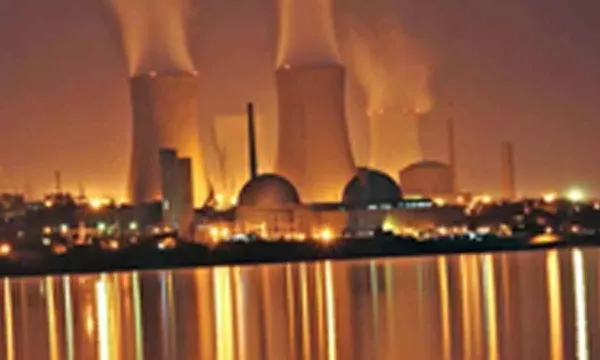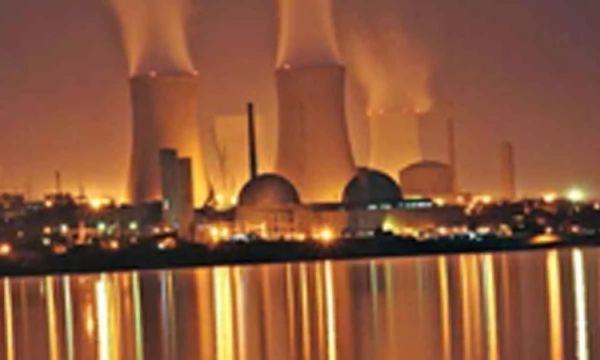
According to authorities here on Friday, the critically important milestone of “criticality,” or the beginning of a controlled fission chain reaction, was reached by the Rajasthan Atomic Power Project’s Unit 7 (RAPP-7).

The Nuclear Power Corporation of India Ltd. (NPCIL) reported that the RAPP-7, one of the twin RAPP-7/8 units with a capacity of 2×700 MW, reached criticality at 10:42 p.m. on Thursday after the Atomic Energy Regulatory Board’s (AERB) approval of the First Approach to Criticality.
The country’s nuclear plant operator, NPCIL, is building 16 indigenous pressurized heavy water reactors (PHWR) with a capacity of 700 MW each. The RAPP-7 is the third in this series.
The first two 700 MW PHWRs are in service at Gujarat’s KAPS 3/4 in Kakrapar, and the RAPP-7 is coming up in Rajasthan’s Rawatbhata.
According to the official, the project timeline’s first instance of criticality signifies the end of the building phase and the start of the operating phase.
Before it is linked to the grid and the power level is increased gradually to maximum power in accordance with the AERB’s clearances, it will now go through a number of significant experiments and testing.
Next to these actions, it is anticipated that RAPP-7 and RAPP-8 will begin producing electricity this year and next year, respectively.
For the RAPP-8, the starter transformer has been charged, the feeder has been assembled, and the equipment and components are presently being erected.
India’s second set of 700 MW indigenous nuclear power stations is called RAPP-7/8. Following the trouble-free operation of the first two 700 MW PHWRs in Kakrapar, NPCIL’s Criticality of RAPP-7 successfully illustrates the maturity attained in the design, construction, and operation of the indigenous 700 MW PHWRs.
RAPP-7/8 are being built in Rawatbhata (near Kota), where six of the NPCIL’s 24 reactors, totaling 8,180 MW, are now in service. In addition, eight units, including RAPP-7, with a total capacity of 6,800 MW, are currently under construction.
In addition, pre-project activities are underway for 10 more reactors, totaling 7000 MW, and they should be finished gradually over the course of the next eight years (2031–2032). The reactors owned by the National Petroleum Corporation of India Limited (NPCIL) are presently under construction in Rajasthan, Gujarat, and Haryana.